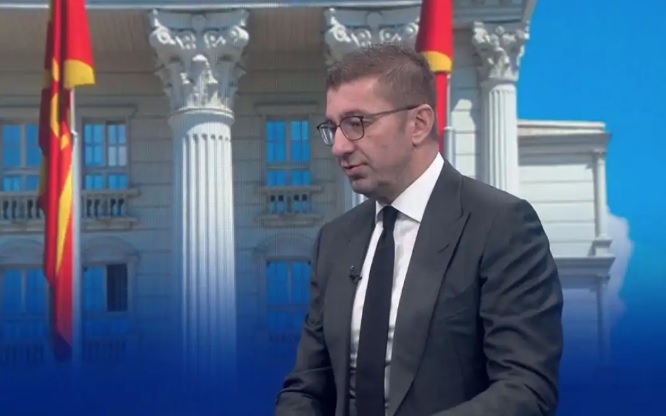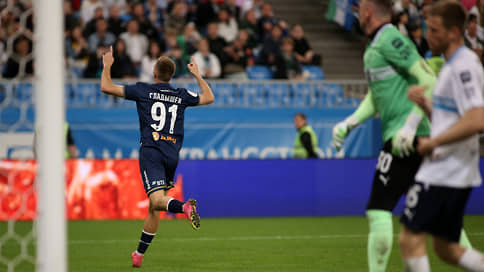Edgar Cickevich, who has studied philosophy
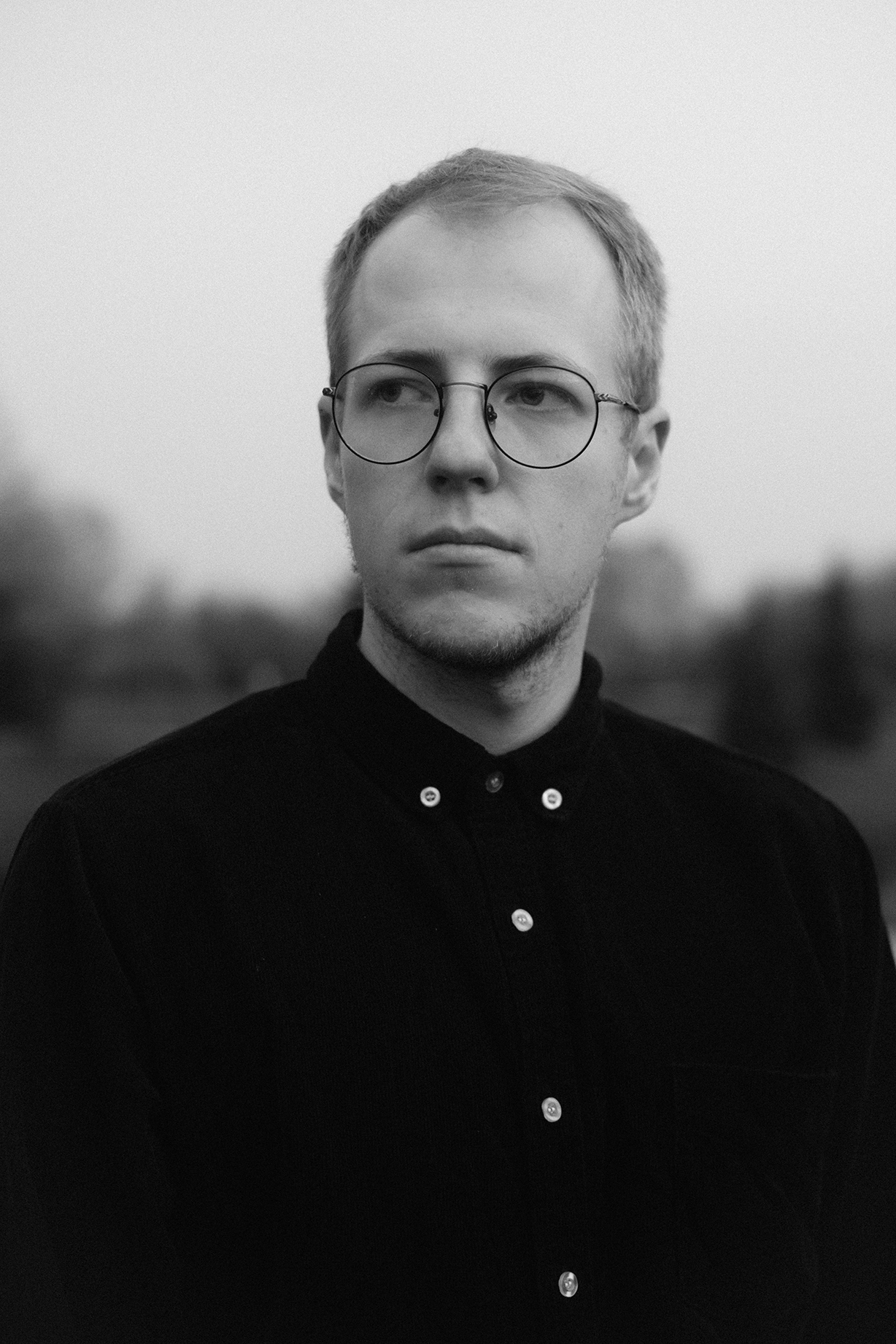
Gallerist Vilma Jankienė talked to Edgar Cickiewicz about his work, the search for topics and wondered why the author works with the image rather than the language of how more would be the philosopher.
– Edgar, you are a philosophical photographer, you have studied philosophy and political criticism, and you are currently working as a photographer at Kaunas Day. What led to your decision to give tribute to photography and less philosophy? Tell us how the photography has germinated.
– Probably, the turning point was when I joined a Master’s degree in Philosophy, I often chose to take pictures instead of lectures. I felt that when I was trying to get closer to philosophical thinking at university, I would indeed move from philosophy until I finally become a reference machine. Such fate is quite common. Continuous reading of philosophical texts may not be convinced that engaging in philosophy means knowing the vocabulary and history of philosophy. Believing with the idea of becoming a philosopher as Don Quixote was the knight. True, Don Quixote failed to deceive someone that he was a knight, while those who mimic philosophical activities are able to convince many listeners. Work at the mere level of memory alone by ignoring thinking (such a manner of chess in the world) is not interested in me, and the will alone is not enough because the philosopher is not born in any climate. I thought I would be closer to philosophy when moving to photography space than moving on the usual philosophical path. It is possible that such a solution was the influence of Slavoy Žižek’s texts, as they show that they may often have a greater philosophical load than in a flat philosophy. Such a maneuver, of course, has a price: when working with an image slowly transformed in Barbaru, the tools of working with language are bunga.
Edgar Cickiewicz. Photo by Personal Archive
– Did the idea of your debut exhibition « The Yrà and ỹra » be born out of single, random shots, or did you take pictures of this cycle, deciding to accumulate the right amount of images for the exhibition? How much water did you drain in rivers until you get to the exhibition from the idea?
– When I first went out to try to take pictures in 2019, without thinking I turned to see something photographed to see something to be photographed. It was an evening, gentle dusk, when a heavily led tube caught my attention alongside one of the factories. Probably that dent mark was due to the impact, the force, however, it was not possible to visually feel it, on the contrary, only the intertwining of the light and the shadow that forms a mysterious outline was visible. I remember that after my first walk, I was blinded by photography as some flash. And now, after a year, I present the said shot at the exhibition. However, the fact that my eyes are consistent only understood in 2022, when the thematic repetition was completely obvious. At that time, I called this series of photos « Disorders » and thought I would finish it at 30 shots, but I couldn’t stop, so far my vision is slow.
– There are not many exhibits of the exhibition – 18. You notice and capture those decaying surfaces and cracks with an extremely stubborn filter, but it is only applied to modernity as if it were to fall and break this day. Please clarify the idea of the exhibition then and where you were looking for facts that testify to « Yrà and ỹra ».
– « Yrà and ỹra » is a focus on a form that indicates the approach of things towards the end. And the very moment of finding these facts is not so clear, because I usually find them when I do not look and do not want to find them. It will sound a bit strange, but when I am looking, I try to imitate myself, which is like a deadlock. A series of photos is born when a photographer fails to find what he wants, so you need to walk more and look less.
Photo by Edgar Cickiewicz
– The topic of your choice « Yrà and ỹra » has philosophical aspects in itself, but photography is still the viewer first is the image. But the image in the photographs you exhibit is extremely fragmented, distinctive from the environment or whole, that only details and materiality remaining, which have the flaws in terms of the ideal of the thing. What did you expect from yourself – the creator and what do you expect now from the viewer?
– Indeed, photography is the first image, so I carefully chose the title of the series because I did not want to open the door to the alleged type of philosophy, which tends to dramatize the conceptual aspects of the thumb, limitations and temporality. And while the name of the « Yrà and ỹra » indicates the widest philosophical category, I chose it for the visuality that corresponds to the series of the photos itself. In the photos, the theme is repeated as the word « is » in the title, but that is not all because there are different axes alongside this repetition, which appear in the photo in the form of a crack. I am curious that the minor changes in the cracker can significantly change the aura of the work, how different acts in words can change their meaning in great way. So I am a dermatologist with a camera and study the condition of the urban tissue and the laws of their changes. It seems that this approach is due to the fact that I choose to take pictures in a rather isolated one: the camera turns into pliers in my hands that only the fragment of the fabric that is worth analyzing. Such work with pliers is again a repetition of mythical, but also physical strength, which is like pliers destroying the walls and opening the difference in the surface and depth, which the photography is drawn to the even surface with its own tear.
Photo by Edgar Cickiewicz
When it comes to expectations, I sought to create an image area, a peculiar maze that would not be easy to find an exit when entering. And now I hope that there will be those who will enter this image area.
– Photographers are always curious to find out what cameras you are arranging to implement your ideas and how much artistic ideas have taken over your time and thoughts. What technique is for the work of a journalist and what is your artistic expression? How do you improve?
-I’ve been taking pictures with a very compact Fuji X-E4 camera for a couple of years and 35mm, 50mm lenses. During the first year of photography, I was still wandering, interested in photography and looking for a distance that suited for myself, and I tried analogue photography. Initially, I was afraid to take a close range, so I wanted to arrange lenses to keep the appropriate distance. Still, I gradually approached the images I was interested in. I think the work of the photo correspondent has also contributed to this, as confidence is very important in it. Now that I have discovered what photography tools are in combination with my vision, I think little about the photographic technique, I am no longer distracted by the camera in the world, because I notice that this can lead to a collector’s attitude, when I want to pay more to tools than to work. Therefore, I stay at a small camera that does not interfere with me during the walks. Meanwhile, working with a photo correspondent with the aforementioned equipment would be difficult, as it is necessary to be prepared for various scenarios, so the cannon -like telephoto is required.
What I want to show in the exhibition and what I capture at work are two different worlds that only intertwine in rare moments. Photojournalism inevitably encounters a request (not necessarily sound) to show things accurately, bright or in a certain order. Mostly in the press, the camera eye looks at what is relevant to most, while in artistic photography you step in the direction, whose relevance to the eyes of others is hazy.
Photo by Edgar Cickiewicz
And I take pictures and think about photography too often. I will still have to learn how to make pauses. If I do not take a picture, I am destroying the photographs: I think it is important for a photographer to get the garbage and at least a couple of times a month to put my eye into my archives without pity. Thanks to this destruction, you get to know your faults as a creator.
– How do you see the creative field of Lithuanian photography? Share the insights of a young man, thank you.
– The field of photography has been strongly involved in me: I often attend exhibitions, sometimes reading exhibition reviews, etc. However, I think I would need to give up such engagement, and instead of more time to take interest in other arts, because then the medium for a particularly synthesis of ideas may emerge.
Photo by Edgar Cickiewicz
Looking at the work of current Lithuanian photographers, I see that they have a very good eye, but sometimes I miss the completeness of the vision, the well -organized network of photography or just consistency. This could not be said for Remigijus Treigis’ work, which I once discovered to listen to music to the Lithuanian National Philharmonic. I remember that I was impressed by mystery in his photos, and later, after discovering more photographs of R. Treigis, I realized that it was a creator who managed to create an area that forced the eye modification.

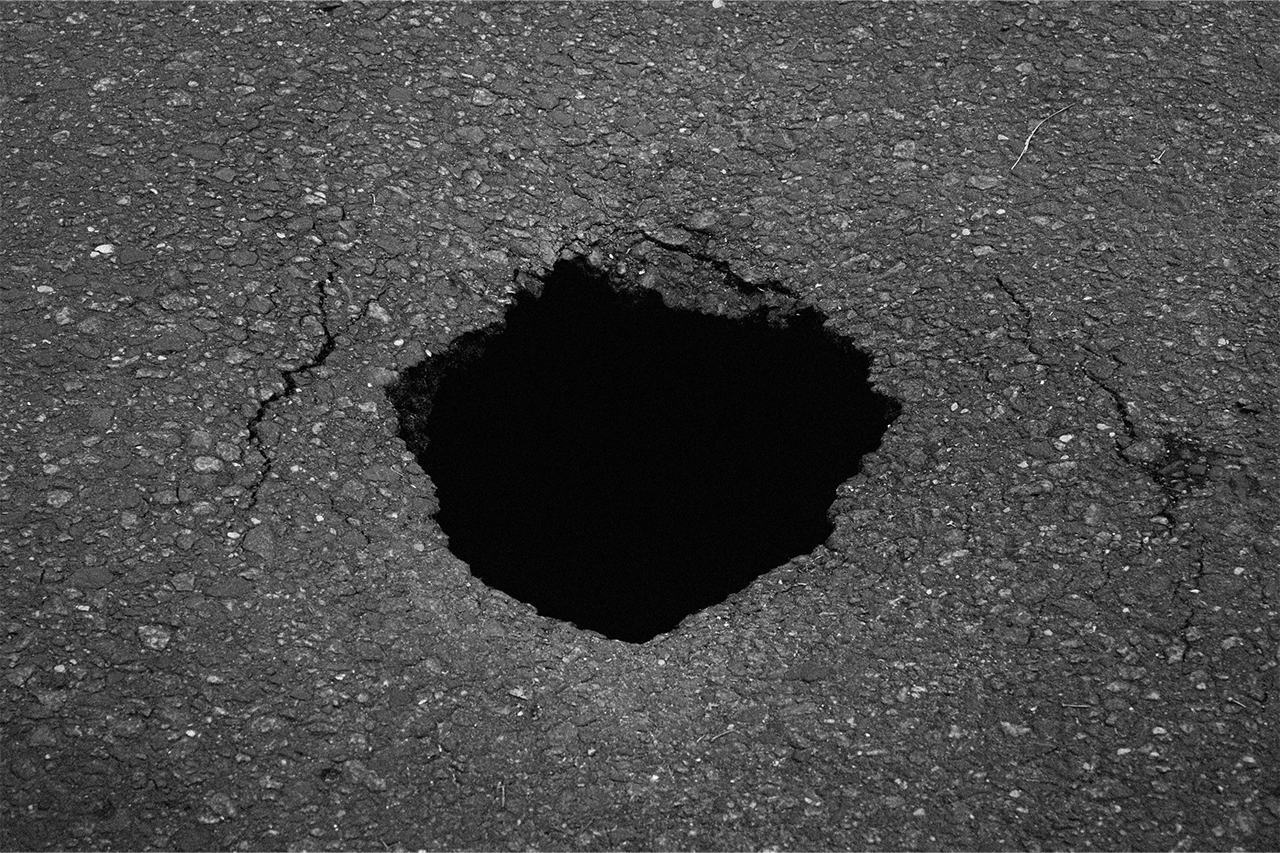
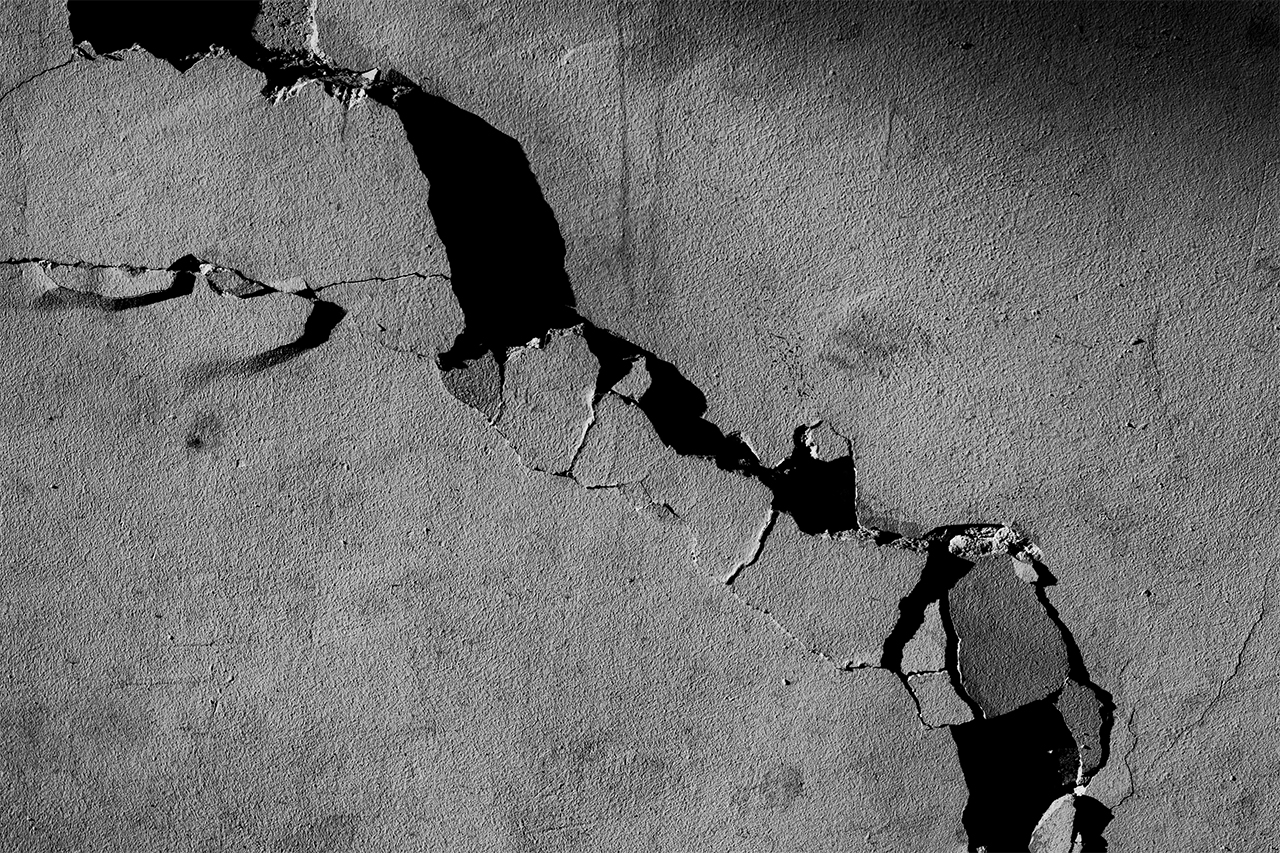

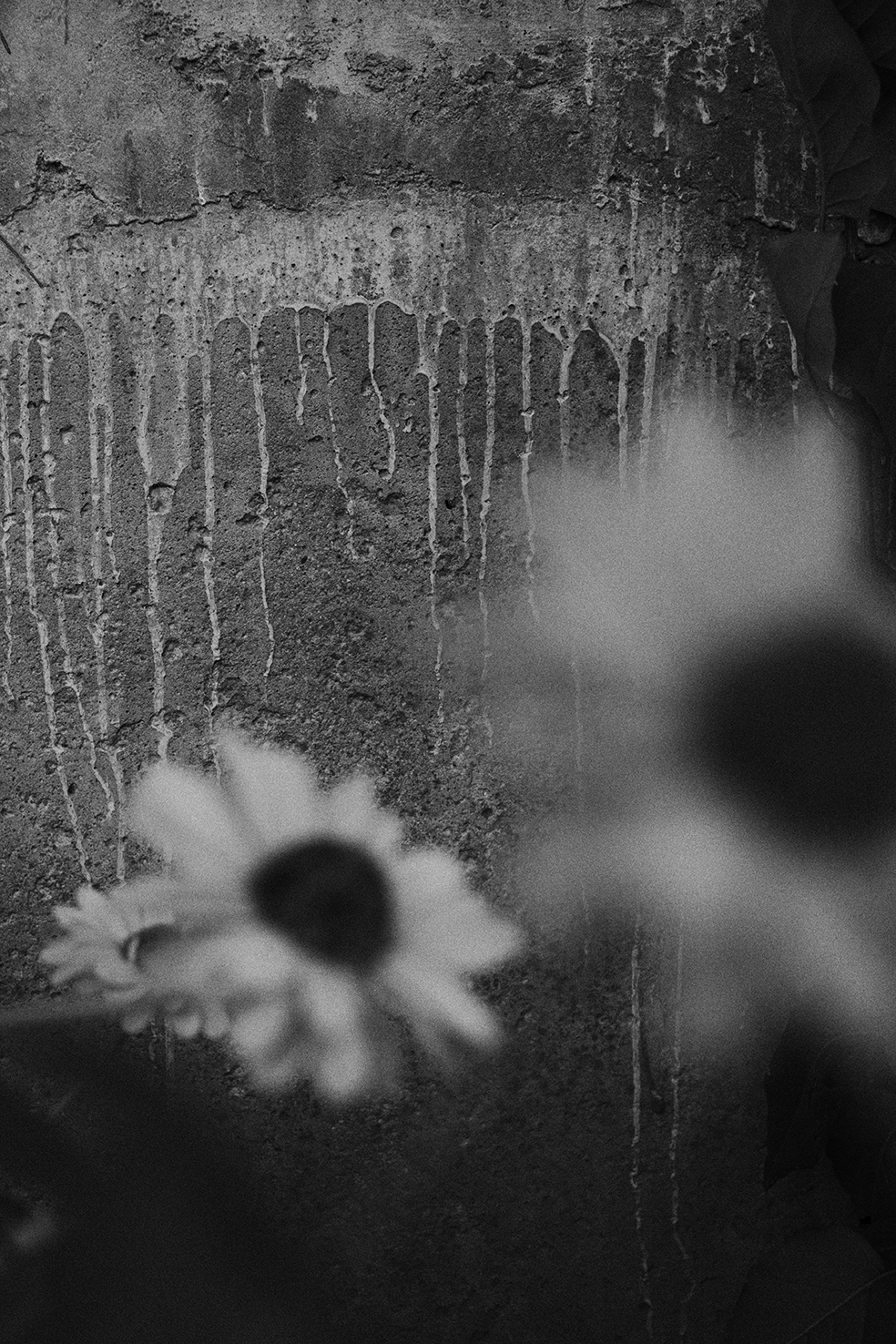

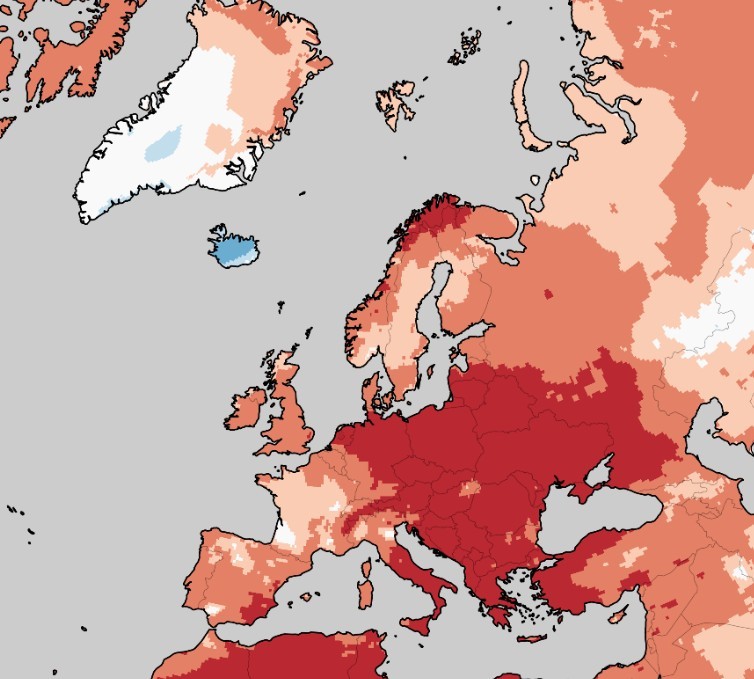
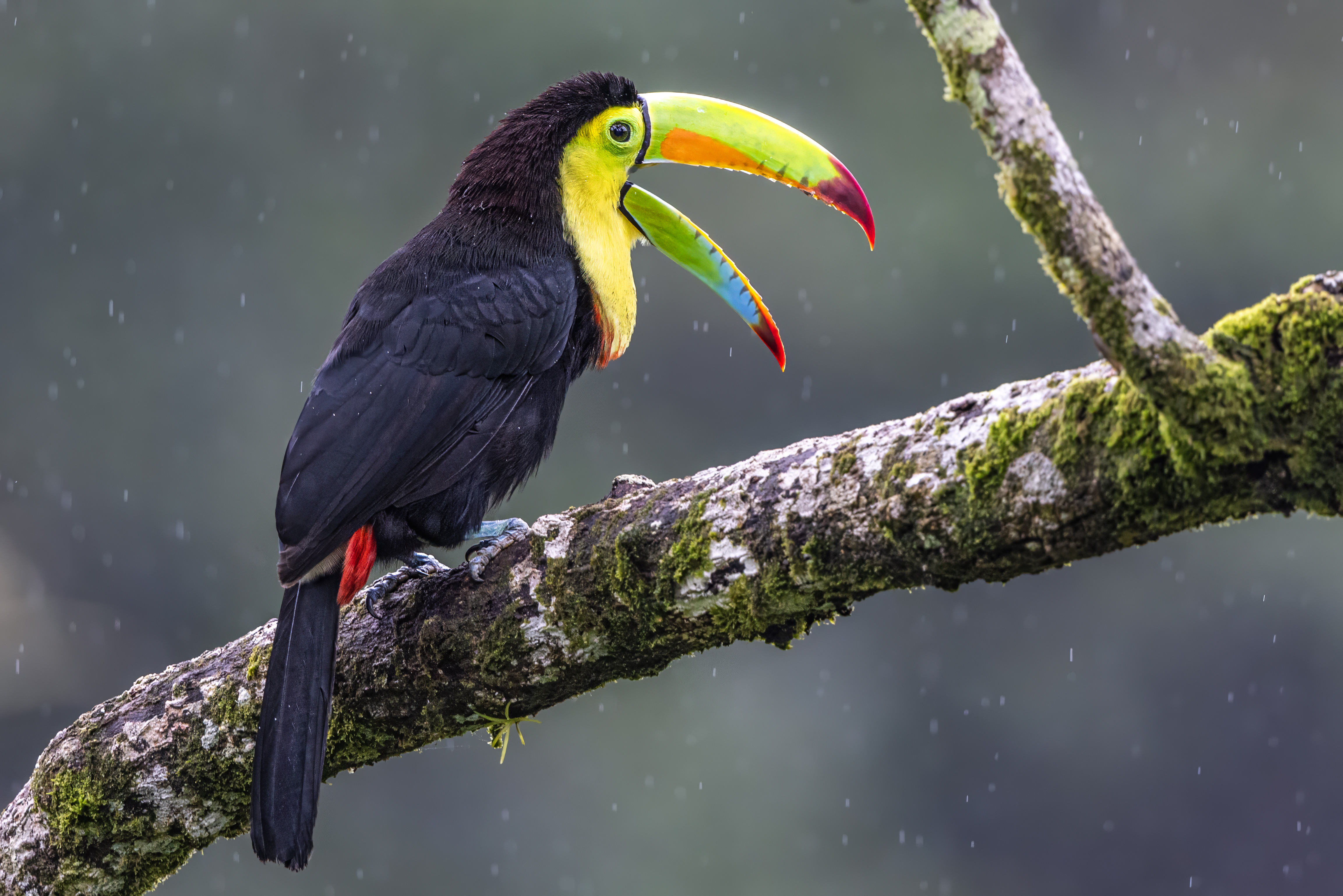
/s3/static.nrc.nl/images/gn4/stripped/data131665686-79cfce.jpg)
